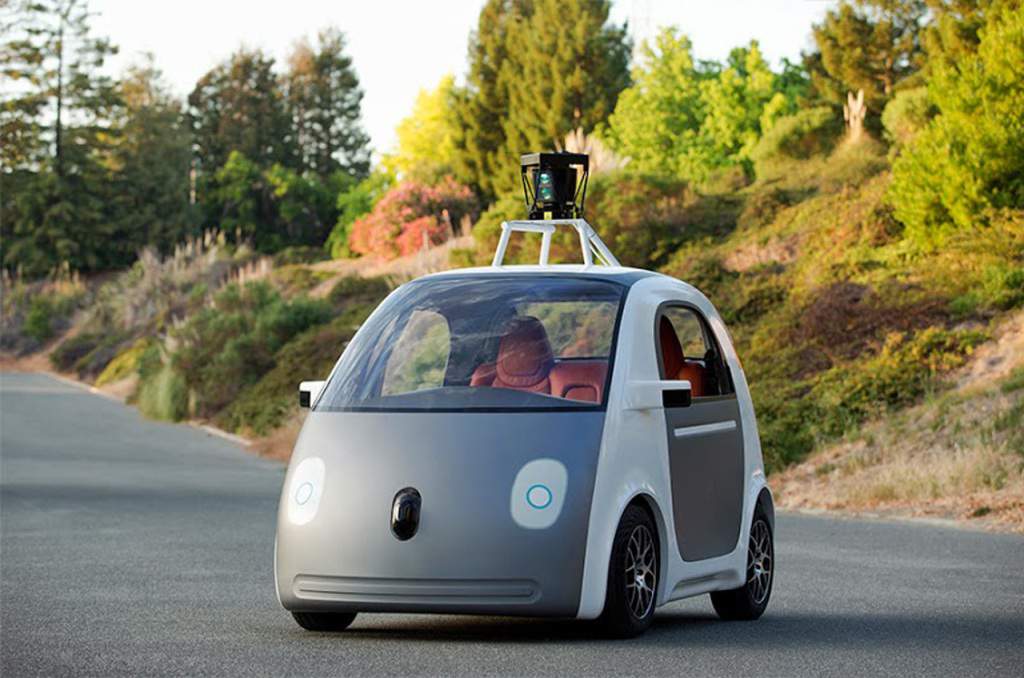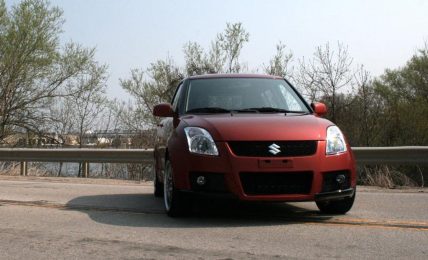If one of your most favoured joys of life is driving, we would suggest you to hold onto that existing car of yours. Turning the steering wheel, flooring the accelerator pedal, pulling the handbrake, pushing the gear knob or just honking in general could be a thing of the past two decades from now, if a recent survey is to be believed. The Institute of Electrical and Electronics Engineers (IEEE) conducted a survey concluding that mass produced cars will not have steering wheels, pedals, horn or rear view mirrors by 2035.
The IEEE polled about 200 people including academicians, researchers and government agency representatives about the concept of self-driving vehicles and the future automotive design, leading to the above conclusion. With technology playing a dominant role by the day in almost every aspect of our lives, the IEEE took into consideration technologies such as sensors, software, driver-assistance programs and GPS navigation that are being developed rapidly to provide automated assistance to drivers.
The survey further states that new technological advancements will be available on most cars by 2030, leaving no utility for components like rear-view mirrors, horns and emergency brakes that would eventually be removed from vehicles. Five years later, the steering wheel, brakes and accelerator pedals will be shown the door from automobiles. The laws too would have accommodated the new driver-less vehicles as part of their books, making it legally viable to own and commute in one of these self-driving cars.
At the same time, the major road blocks identified for mass adoption of driverless cars were legal liability, development cost, infrastructure hassles and consumer acceptance from the survey. In terms of geographical reach, the survey concluded that 54 percent of experts believed that North America would be most benefitted from self-driving cars, with Europe coming in second at 28 percent, followed by Asia at 17 percent.
With automated technology and driver assistance programs becoming the norm, as an enthusiast one can’t help but wonder the fate of good old driving fun. Most recently, we were given a glimpse into the future of self-driving vehicles when Google unveiled its self-driving car prototype that was void of the steering wheel, gear-shift knob, accelerator or brake pedal, standard components on every car today. The Google self-driving car can hit a top speed of 40 km/hr and uses an array of sensors, GPS and cameras to navigate and commute from point A to B.
[youtube:https://www.youtube.com/watch?v=CqSDWoAhvLU 540 375]





